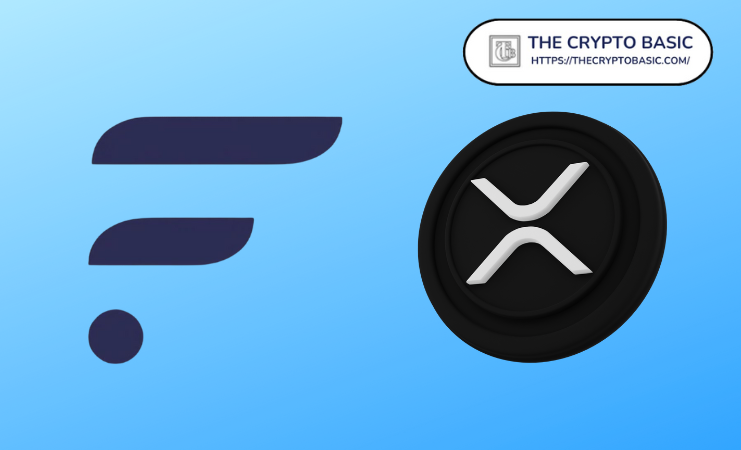So far, the votes favor the controversial proposal raising eyebrows within the XRP community.
As voting for the first Flare Improvement Proposal (FIP.01), which will decide the fate of the remaining FLR airdrop rewards promised to XRP community members, continues, accusations have made the rounds that Flare Networks is influencing the outcome by incentivizing Flare Time Series Oracle data providers (FTSOs).
For context, FTSOs act as data providers for the blockchain in exchange for rewards. They have voting power largely dependent on FLR delegations made to it. Consequently, the voting power of FTSOs can be significantly greater than individual addresses, influencing the outcome of governance votes significantly.
In a Twitter thread today, OZ Crypto, an XRP YouTuber accusing Flare Networks of influencing the vote on FIP.01, tapped an alleged Flare Networks address for engaging in suspicious transactions culminating in the delegation of about 83 million wrapped FLR (WFLR) tokens each to Fat Cats and another unnamed FTSO.
It seems there may be a number of 'mistakes' #flarenetwork here are the key events for this wallet.
1 Opened by a Flare 7 days before TDE
2 Sent 30 MIL FLR 3 days before TDE
3 Sent 100 FLR to 2 new FTSOs 13/1
4 Receives a further 133 MIL WFLR From the same Flare Wallet 16/1 1/? pic.twitter.com/ETlPAfqqE7— OZ CRYPTO (@OZCRYPTO2) January 25, 2023
According to the influencer, this is significant because both FTSOs are not listed by Bitfrost and Flare Metrics, implying they are “potential colluders.” Notably, Flare Networks CEO Hugo Philion owns a Fat Cats NFT, as OZ Crypto points out, drawing further links.
OZ Crypto shared the blockchain explorer data of the address with The Crypto Basic to corroborate his claim.
Meanwhile, flare.space, an FTSO, has attempted to debunk similar accusations or show them as immaterial. The FTSO shared data indicating that small accounts are voting in favor of the proposal as much as FTSOs are.
“FTSOs did not move the needle,” flare.space asserted.
On the other side, 1,368 with less than 250,000 WFLR and 30 with more than 250,000 WFLR voted against the proposal. In total 23 wallets with more than 25,000,000 WFLR ($ 1M) voted so far, all except one were in support for the proposal. So FTSOs did not move the needle.
— flare.space ☀️ (@flare_dot_space) January 24, 2023
It is worth noting that FIP.01 has received fierce criticism from some quarters of the XRP community. Notably, Ripple’s chief technology officer, David Schwartz, has been among the most vocal detractors, suggesting that Flare Networks used the XRP community.
For context, FIP.01 proposes that instead of distributing the remaining 85% of FLR rewards directly to XRP holders, as originally promised, Flare Networks would distribute them as staking rewards at the end of 36 months. Consequently, recipients of FLR airdrop rewards who sell their tokens would cede their claim to the remaining 85% of the airdrop, which the buyer can claim by wrapping the tokens.
This airdrop was promised to XRP holders who were part of a screenshot in December 2020. Consequently, XRP community members have been anticipating it and promoting Flare Networks for over 2 years.
At press time, the data shows that 95.19% of the votes favor the proposal, with over 974 million voting power, equivalent to over 974 million WFLR. Voting ends on January 27, 2023, at 19:55:13 (UTC+1).
Disclaimer: This content is informational and should not be considered financial advice. The views expressed in this article may include the author's personal opinions and do not reflect The Crypto Basic’s opinion. Readers are encouraged to do thorough research before making any investment decisions. The Crypto Basic is not responsible for any financial losses.
-Advertisement-


